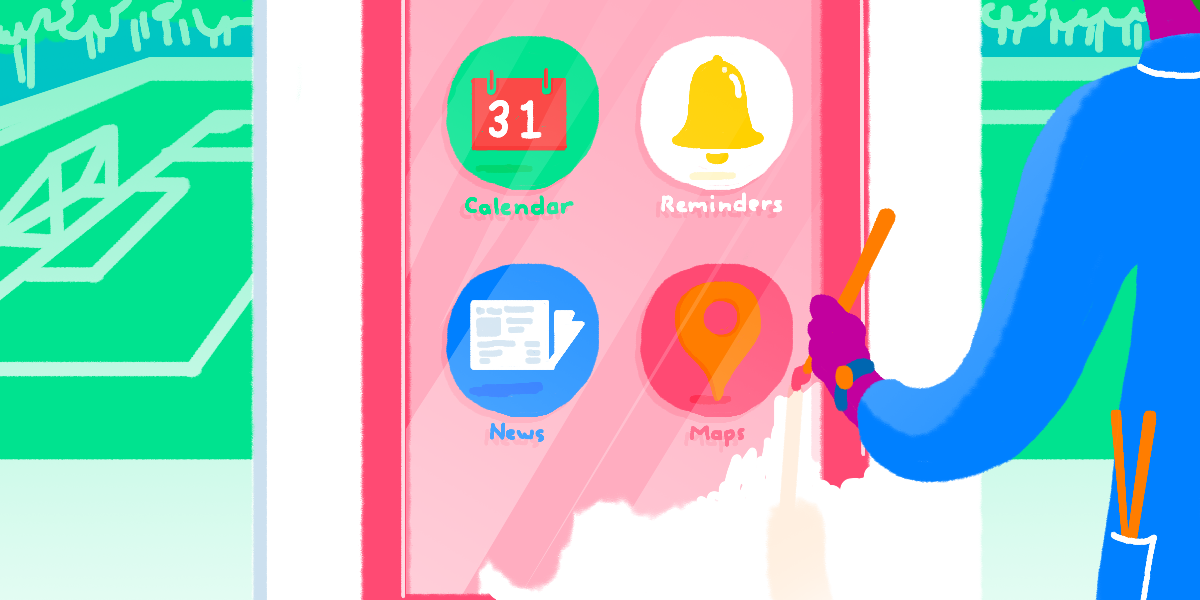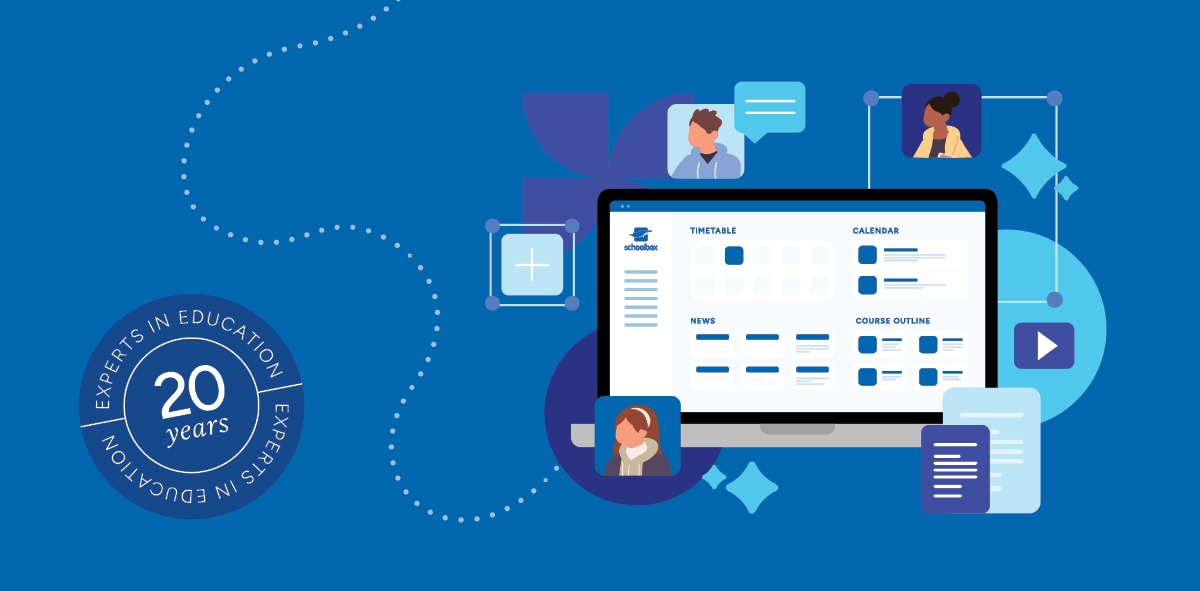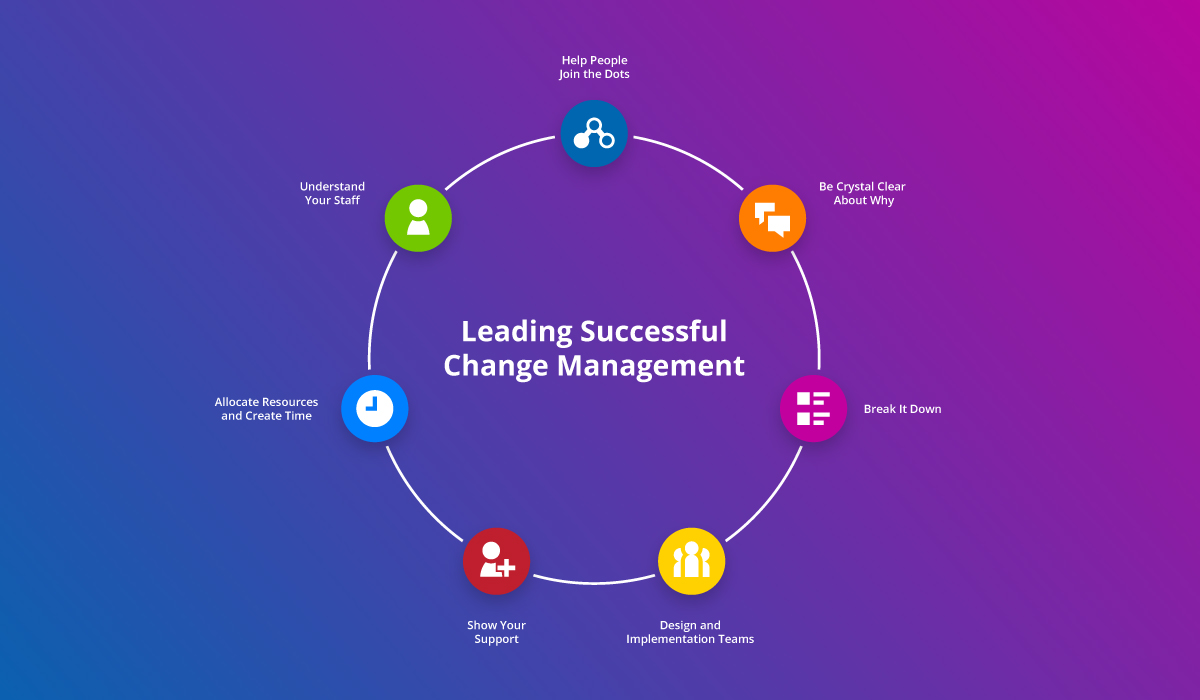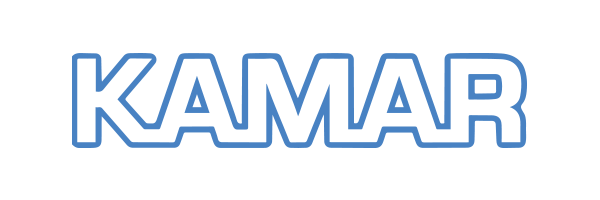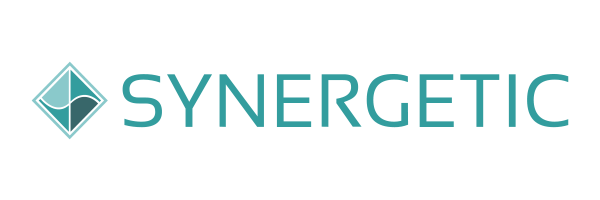Schools help create well rounded learners ready for an ever changing world. But, it’s not just what happens inside the classroom that counts. Extracurricular activities (ECAs) offer an abundance of engaging experiences and go beyond the classroom.
What is an extracurricular activity in K–12 education?
Extracurricular activities are anything outside of a child’s regular classroom and home routine. These can include a variety of experiences and ongoing commitments such as sports, physical activities, music, arts, culture, leadership skills, volunteering and community service, internships and work experience.
Benefits of extracurricular activities
Extracurricular activities help create a holistic individual and an adaptable learner.
The benefits of extracurricular activities include but are not limited to:
- Building social skills
- Promoting healthy self-esteem
- Enhancing teamwork skills
- Cultivating effective time management
However, due to the vast and broad nature of these activities, communication can be an issue. A lot of extracurricular activities are run by external experts—coaches from outside of the school are bought in, professional tutors and musicians, performance artists—so, with many different parties, it can be challenging to ensure everyone involved is informed.

How extracurricular activities are enhanced with better communication
In a K–6 classroom, students usually have one main classroom teacher who is in charge of all communication. In grades 7–12, a homeroom teacher normally takes on this point of contact for parental communication.
Once we step outside the classroom, however, and add in external parties, facilitating communication is not as simple for the classroom/homeroom teacher as they are less likely to have the most up to date information or access to every students’ extracurricular activity.
The best solution is to ensure there is one central platform that can be accessed anywhere, at any time, by all stakeholders. This way, communication will always be clear and current. Let’s take a look at some examples of how this would work in the contemporary school setting.
School events and regular happenings
Many many years ago, students were provided a one-page newsletter every two weeks with all of the school events and information. However, in today’s climate, the amount of opportunities available in schools would mean that the newsletter would need to be provided in a size 4 font.
But, with a community portal that is attached to your school’s learning management system (LMS), students, parents and teachers can use the same platform to stay abreast of events that they need to plan and prepare for. Something like buying tickets to school productions as well as regular occurrences like a sporting team they enjoy following can all be done through the community portal.
Schools are dynamic places. Often they get ECA opportunities with very short notice—perhaps only one or two weeks for an artist in residence, or a training session with a professional athlete.
Communication of these critical details is key to ensuring students don’t miss such opportunities and everyone is provided the same level of information.
Communicating fixtures and locations

Inter-school competitions are important and exciting. They often come with training schedules, travel to other locations and interactions after the event to promote positive relationships.
For sporting events that are weather dependent, the initial schedule of fixtures are likely to change. Parents need to know where their child is, where they need to be and often at short notice. Using an online community portal provides the option to send instant notifications as well as follow up emails with details of any changes.
Travel and medical information
Using a central online platform for collecting travel and medical information goes further than just streamlining the collection process. An integral benefit of such a system is access.
Storing the information digitally allows the teacher in charge to access emergency information swiftly. No longer does every teacher or adult need a folder of papers that are rendered pointless if groups split up. All emergency medical and contact information can be accessed via a safe and secure system in which all staff can be trained. For parents and teachers, this streamlining is not just efficient but also invaluable in time-sensitive scenarios.
School booking portals
Having a community portal further provides the opportunity to link online booking forms. These forms can then be used for booking music and instrumental lessons as well as tutoring for other extra curricular subjects.
Anything that has a changeable location and time each week is best booked online. Not only will the information be duplicated via email to all parties, it also gets auto populated to calendars. This will help the child remember so no ECAs are skipped.
This functionality also extends to public speaking or drama lessons, debating teams as well as gifted and talented programs. Knowing where your child or student is at all times is incredibly important, so if there are any last minute room changes, these can be easily updated with an online system.
Open learning and progress
Lots of lower schools have open classroom days where parents and carers can come and see first hand what their child is learning. In secondary schools, this is more rare and for most ECAs, unless it is a game or final performance, the process of learning is never public.
Many parents would like to attend rehearsals or practices to see their child’s progress. In Australia, parents must have a Working With Children Check to enter the classroom, and in many International Schools, there are clear guidelines regarding photos and images taken during these activities.
Using an online centralised learning platform, schools allow the teacher or professional in charge to choose what can be shared and to do so in a safe and closed platform. This method of communication further allows parents to share their child’s progress whilst also maintaining child safety protocols.
Holistic learning environment
Extracurricular activities are incredibly enriching to a child’s holistic learning journey. For many students, this can be the highlight of their school journey and have many positive effects on their academic results and self esteem.

Due to the nature of how and who manages the abundance of ECAs, they normally come with a plethora of communication issues. Using a community portal that is already attached with the school’s LMS or other educational software, which parents and teachers are familiar with, reduces communication issues and keeps the focus on the value of these activities.
Chris Durante is a Territory Manager at Schoolbox and has been a classroom practitioner and eLearning leader in schools for over 30 years. Passionate about delivering quality teaching and learning, Chris is committed to finding innovative EdTech solutions to lead overall school improvement for staff, students, parents and the wider school community.
Want more resources on effective communication in your school community? Check out the following resources:
